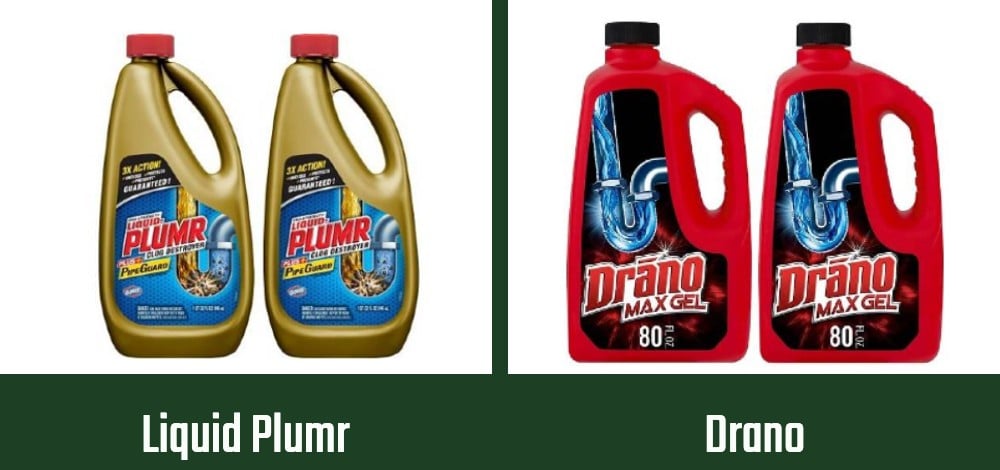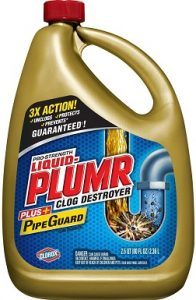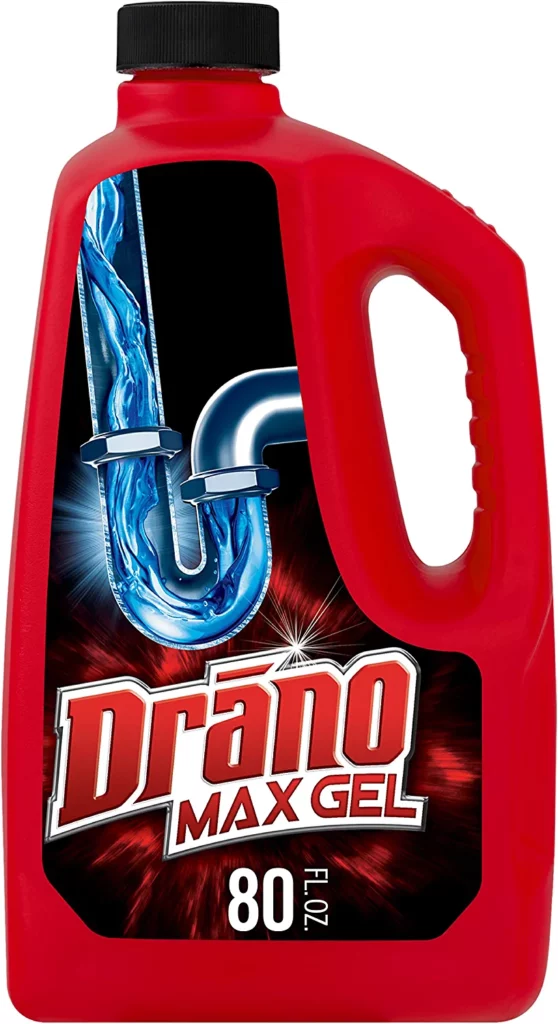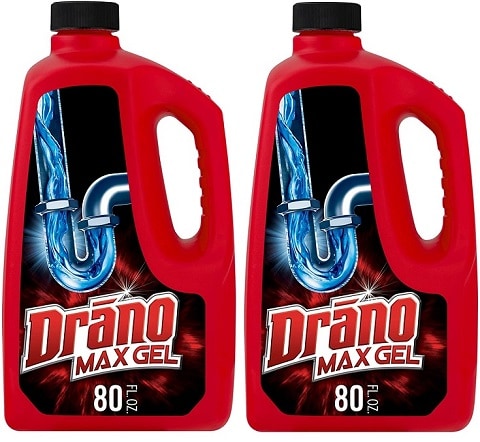Liquid Plumr vs. Drano: Pros, Cons, & Verdict
-
Jeff Weishaupt
- Last updated:
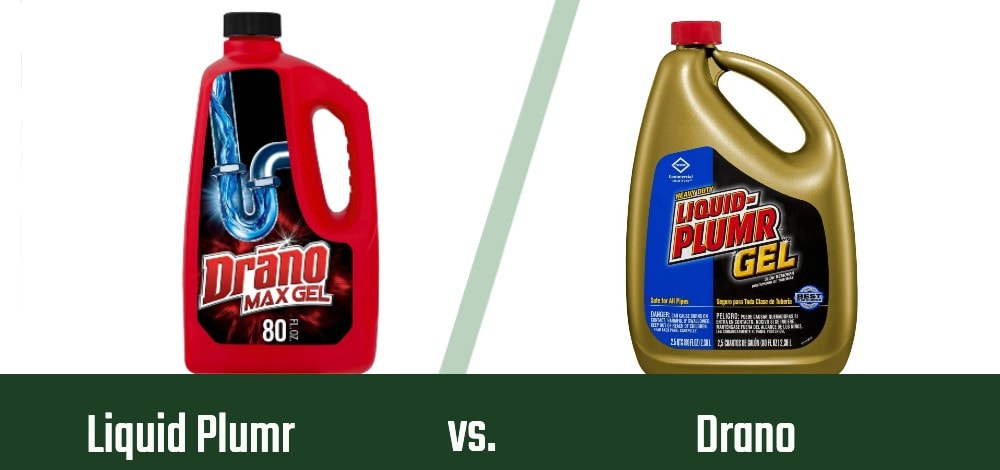
When it comes to drain cleaners, Liquid Plumr and Drano clearly dominate the market. Both brands are known for their effectiveness and the variety of products readily available in stores, which is why it can take time to pick one.
However, certain factors differentiate these drain cleaners from each other. For example, if you prioritize durability, non-toxicity, and a better list of ingredients, Drano may have just the right product for you.
Meanwhile, Liquid Plumr is best for those that prioritize effectiveness and thinner consistency. If you’re willing to splurge, we recommend Liquid Plumr over Drano, as it can get the job done in 10 minutes without fail.
Keep reading to find a complete comparison of both drain cleaners and learn which one works best.
At a Glance
- Water
- Sodium Hypochlorite
- Sodium Chloride
- Sodium Xylene Sulfonate
- Sodium Orthosilicate
- Sodium Hydroxide
- Cetyl Betaine
- Potassium Iodide
- Pigment Green 7
- Water
- Lauric Acid
- Sodium Hypochlorite
- Sodium Hydroxide
- Polystyrene Polymer
- Capric Acid
- Amine Oxide
- Sodium Silicate
Overview of Liquid Plumr
Acquired by Clorox Corp in 1969, Liquid Plumr is a market-leading drain cleaner with an extensive product line.
- Liquid-Plumr Clog Destroyer Plus Urgent Clear
- Liquid-Plumr Disposal and Drain Cleaner
- Liquid-Plumr Clog Destroyer Plus PipeGuard
- Liquid-Plumr Industrial Strength Gel
- Liquid-Plumr Kitchen Clog Destroyer Gel
- Liquid-Plumr Clog Destroyer Plus Foaming Clog Fighter
- Liquid-Plumr Clog Destroyer Plus Double Impact Snake
- Liquid-Plumr Clog Destroyer Plus Hair Clog Eliminator
While it’s still competing with Drano, Liquid Plumr was able to acquire 50% of its competitor’s customers upon entering the market. Aside from its ease of use, their products’ versatility is one of the best-selling features that made this happen.
Liquid Plumr is safe to use in copper pipes, septic systems, PVC, and plastic without causing any damage. However, it may not be safe to use inside rubber piping. Additionally, all Liquid Plumr variations get the job done within 10 minutes.
The solution combines sodium hydroxide (lye) and sodium hypochlorite (bleach) to work its magic, needing water to activate the ingredients. The bleach tackles tougher clogs like makeup and hair as the lye heats up and breaks down the clogged elements.
Other ingredients in Liquid Plumr reduce the produced foam, Pipe Guard coating protects your pipes, and the thin consistency flushes down your pipes effortlessly. Liquid Plumr’s ingredients work fast, not just to get the job done but also to prevent the chemical reaction from damaging your pipes.
Liquid Plumr is similar to Drano in some ways, such as its ability to cut through standing water. Moreover, both drain cleaners greatly improve water flow but must not be used in the toilet.
- Thinner consistency
- Ideal for completely clogged drains
- It can be used after a primary treatment
- Fast-acting
- More toxic than Drano
- Pricier
Overview of Drano
Established in the early 1920s, the first Drano product was available in crystal form. Soon, Bristol-Myers acquired the company in 1962 and sold it to S.C. Johnson in 1992. This means Drano had been around for many years before Liquid Plumr entered the scene.
You can still purchase crystal and granular versions of Drano, but they are not safe to use in garbage disposals. That’s why Drano gel treatments are much more popular and available for various purposes.
It’s worth noting that Drano’s most popular products, the Drano Max Gel and Drano Liquid Drain Cleaner, were a direct result of Clorox introducing Liquid Plumr. Like Liquid Plumr, Drano’s products are safe to use inside all pipes except for PVC.
However, unlike Liquid Plumbr, Drano has a dedicated toilet gel solution. As a result, this cleaner doesn’t eliminate toilet clogs, but it can prevent them in the future with regular use. Other than that, Drano is known for its ease of use and lack of toxicity.
Their products work similarly to Liquid Plumr’s variations, but they have a few more ingredients than the competition. Namely, sodium silicate works as a corrosion inhibitor, and aluminum releases hydrogen gas to break down clogged elements.
- Great for stubborn clogs
- More affordable
- Better for slow-moving or partial clogs
- Less toxic
- It cannot be used after a primary treatment
- Thicker consistency takes longer to work
What Are the Differences Between Them?
The best way to compare these two drain cleaners is by their performance, cost, product lines, ingredients, consistency, non-toxicity, and speed. Keep reading to learn their difference and which rises above in each category.
Performance
- Edge: Liquid Plumr
Both options have similar chemical formulas, but Liquid Plumr undoubtedly performs better. Liquid Plumr solutions are impeccable at clearing garbage disposals, drains, pipes, and septic tanks. With their products, you’re less likely to experience another clog soon.
Price
- Edge: Drano
Most home improvement stores and grocery stores carry Drano and Liquid Plumr. However, it’s clear that the latter option is for commercial use since it’s more expensive. In fact, most Drano products cost nearly half of what you’ll pay for the same amount of Liquid Plumr.
Product Line
- Edge: Tie
Both brands offer an extensive and similar product line, including dedicated products for clog removals in the kitchen, septic tanks, and garbage disposals. Additionally, both options offer foaming solutions, cleaners for hair clogs, and drain snakes for manual clog removal.
Ingredients
- Edge: Drano
Drano and Liquid Plumr have a similar ingredient list, including bleach and lye as the main active ingredients. However, Drano also includes sodium silicate and aluminum which enhance the chemical reaction for guaranteed clog removal.
Consistency
- Edge: Liquid Plumr
Drano gel solutions are approximately 50% thicker than Liquid Plumr products. In some cases, a thick consistency can worsen the blockage by sticking the clogged elements instead of deteriorating them. Liquid Plumr’s thin consistency cuts through the blockage and rinses down the drain effortlessly.

Non-toxicity
- Edge: Drano
Liquid Plumr has certain chemicals that can be very toxic and harmful if inhaled. While Drano has certain such chemicals, too, the effects aren’t as severe as Liquid Plumr. Additionally, Liquid Plumr is intended for commercial use by professionals who may have the equipment to protect themselves during the treatment.
Speed
- Edge: Liquid Plumr
Liquid Plumr gets rid of the clog and cleans your drains effortlessly, taking no more than 15 minutes. While Drano also does an effective job, it can take up to 60 minutes to eliminate the clog entirely, depending on the Drano variation.
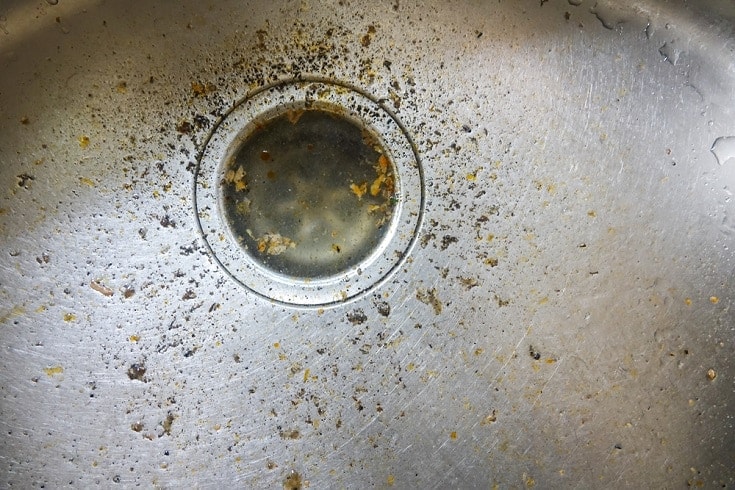
What the Users Say
Before making your decision about which drain cleaner to buy, it’s best to read what the customers and researchers have to say about their experience with each brand. For example, Good Housekeeping’s list crowned Drano Max Gel as the best overall drain cleaner, while Liquid Plumr was considered best for hair clog removal.
Customers were mainly impressed with Liquid Plumr’s effectiveness and ability to get the job done rapidly. Some even reported that it removed the clog within just 7 minutes. Meanwhile, others complained about the high price, which caused them to look into affordable alternatives.
On the other hand, Drano’s customers were also impressed by how effectively it gets rid of clogs. Others stated that they always recommend this product to their loved ones as it’s the best value for the money. However, some customers complained about the unpleasant smell during the treatment.
Conclusion
There’s no doubt that Liquid Plumr performs better and faster than Drano, but its intended commercial use is evident in the pricing. Meanwhile, Drano is a better pick for homeowners as it’s more readily available, affordable, and non-toxic.
The drain cleaner you choose depends on your intended use since both options have similar product lines and ingredient lists. The only major difference is their cost and consistency, which can influence how long it takes for each cleaner to work.
Contents

